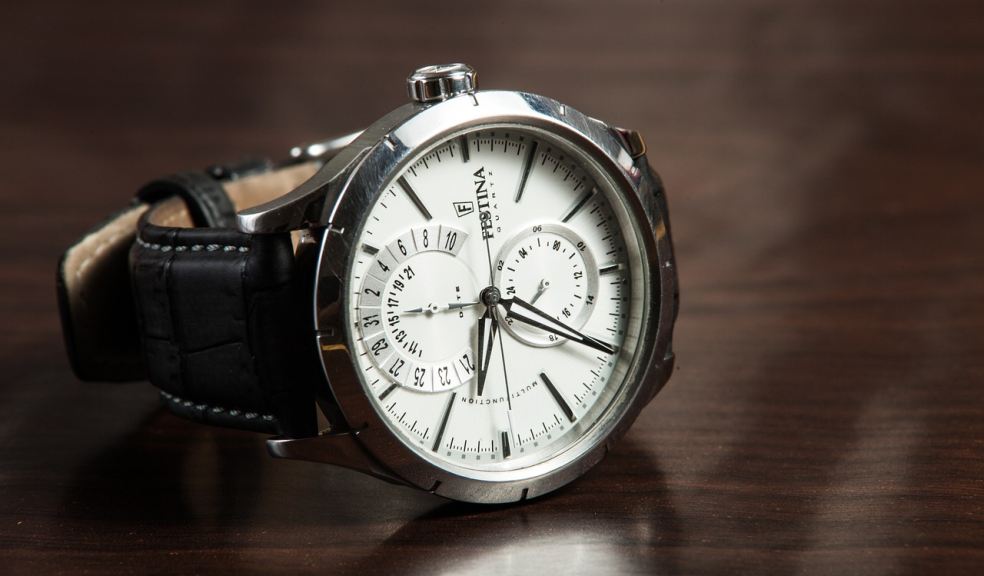
Complete guide to choosing a vintage watch
Vintage watches are in fashion for 2024. While some watchmakers are designing new models in retro styles, many people are investing in authentic pieces.
Choosing this type of watch requires a keen eye. If you’re looking to upgrade your collection or simply want a beautiful accessory, here are some tips to help you spot the real deal and ideas to help you make your choice.
Why choose vintage?
Retro watches have been trending for a while and this is largely inspired by the overarching move away from fast fashion towards retaining and re-wearing pieces. Preloved luxury has become popular and means that we’re seeing more high-end labels reselling and repurposing classic designs from previous seasons. We’ve even started to see a boost in brands that are famous for being fast fashion entering the resale game – although this has proven controversial.
Accessories, too, are getting the preloved treatment, and this applies to vintage pieces. While authentic, original watches have often been considered a valuable investment over the years, now is the time for the styling of these to shine.
Understanding watch eras
When you begin your search, it’s important to understand the period the timepiece is from. There are characteristics that indicate when piece was made and these influence both the aesthetic and mechanical details.
For example, watches from the 1920s and 1930s often feature Art Deco designs with geometric shapes and bold colours. The 1940s and 1950s saw a surge in more understated designs, reflecting the post-war era's focus on functionality and durability.
Look out for details the indicate when it was first made. The type of case material, dial design, and even the typeface used for the numbers can all provide clues. For instance, early Rolex models often have "bubbleback" cases and radium dials, while mid-century Omega watches may feature the iconic "pie-pan" dials.
Condition and originality
The condition of the timepiece significantly affects its value and desirability. Collectors often prefer watches that are in original, unaltered condition, even if they show signs of wear. Refinished dials, replaced hands, and non-original parts can reduce value.
Check for signs of originality. The dial should have an even patina, indicating it has aged naturally. Look at the case back for engraving and hallmarks that match the brand’s standards. Also, be wary of watches that appear too perfect, as they may have been heavily restored.
The paperwork
Original boxes, papers, and service records add value and provide proof of authenticity. These documents can include the original purchase receipt, warranty cards, and certificates of authenticity.
For high-end vintage watches, it's also worth checking if it has been registered with the manufacturer or any reputable registries. This can help verify its history. If you can’t access original papers, request a service history or appraisal from a reputable maker.
Trustworthy sellers
Buy from a reputable seller. Take the time to research trusted dealers as they often provide guarantees and have a return policy, which can offer peace of mind. Auction houses, specialist watch shops, and well-reviewed online marketplaces are good places to start.
Take the time to look into the watch you have in mind before you buy. It will be worth it if you end up with a beautiful piece of history.











